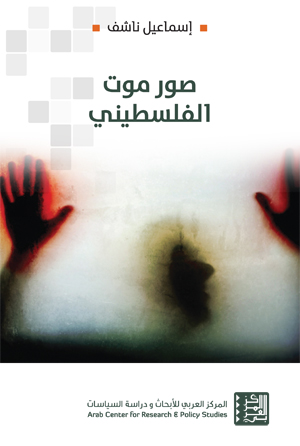The Arab Center for Research and Policy Studies published Images of a Palestinian’s Death (ISBN: 978-614-445-040-6, 110 pp.) by noted Palestinian scholar Esmail Nashif in June of 2015. Nashif’s book explores a particular phenomenon; it is the manners of death among Palestinians and the multiple ways in which it is imagined. The author relies on the insight that the ways in which people die are dictated by their social contexts. In other words, Nashif argues that the reasons behind mortality—whether illness, death by homicide, or through natural causes—are a case of social action or behavior, and that the reasons behind this mortality are an expression of the social structure in which the dying individual lives. That understanding leads scholars to pose at least two questions: is it possible to understand a society through the ways in which its members die? Secondly, is it possible to better understand death through observing the changes in the ways in which people die across cultures and times? Nashif’s book explores these questions through the prism of victim, martyr and martyrdom operator, within the context of Palestinian society which makes such avenues towards death inevitable.

The main argument within this work rests on the idea that the ways in which Palestinians die will make it possible to have a greater understanding of Palestinian society, which has been subject to the vagaries of Western imperialism in one guise or another since the middle of the nineteenth century. Here, Zionism is only the latest manifestation of Western imperialism, albeit a wave which has succeeded in fragmenting Palestinian society into smaller groups each of which has an individual existence on the margins of larger, more powerful societies that continue to exclude them. Despite these pressures, Palestinians continue to reinvent themselves through a variety of social and economic formations. Palestinian resistance, including its violence and death formations, becomes, in this sense, a means for Palestinians to reconstruct their individual and collective identities.
To purchase copies of this and other ACRPS books, please visit the ACRPS Electronic Bookstore (link in Arabic).
Esmail Nashif is a Palestinian critic and writer, who earned his PhD in Cultural Anthropology from the University of Texas at Austin, where his dissertation focused on Palestinian prisoners. A university lecturer, his Arabic publications include: On Palestinian Abstraction: Zuhdi Qaderi and the Geometrical Melody of Late Modernism (2014); The Architecture of Loss: the Question of Contemporary Palestinian Culture (2012) and (Un)Writing Israel (2011).